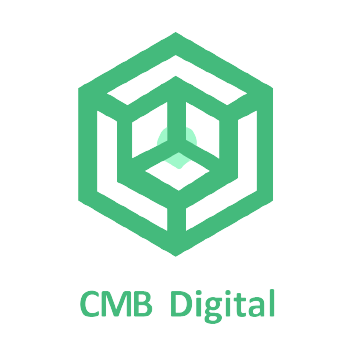Introduction:
A website is a crucial aspect of any business in today’s digital age. With the increasing number of businesses going online, it’s essential to have a website that stands out from the crowd and attracts visitors who can be converted into customers. The key to success lies in having a well-designed website that’s user-friendly, responsive, and engaging. In this article, we’ll cover the best web development services, design strategies, and tools that can help you create a website that converts visitors to customers.
The Importance of a Well-Designed Website
Why Website Design Matters
A well-designed website is crucial to the success of your business. A poor design can drive visitors away and negatively impact your brand image. A good website design will keep visitors engaged, create a professional image, and increase the chances of visitors becoming customers.
Key Elements of a Good Website Design
A good website design should have the following key elements:
- A clean and organized layout
- Clear and concise content
- A responsive design that adjusts to different devices
- User-friendly navigation
- Engaging visuals and graphics
Web Development Services for Your Website
What are Web Development Services?
Web development services are services offered by a web development company or a freelance web developer that help create, design, and maintain websites. These services include website design, website development, content management, website hosting, and more.
Choosing the Right Web Development Services
When choosing a web development service, consider the following factors:
- Expertise and experience in web development
- A portfolio of successful projects
- Quality of customer support
- Availability of additional services, such as website hosting and content management
Tools and Technologies for Website Development
Popular Web Development Tools
There are many tools available for web development, including:
- HTML/CSS
- JavaScript
- PHP
- Ruby on Rails
- Python (for python web development)
Choosing the Right Tool for Your Website
The tool you choose for web development will depend on your website’s requirements and the skills of your web development team. For example, a small business website might only require basic HTML/CSS, while a more complex website might require the use of a framework like Ruby on Rails.
Design Strategies for a Website that Converts Visitors to Customers
Creating a User-Friendly Experience
A user-friendly website will keep visitors engaged and increase the chances of them becoming customers. To create a user-friendly website, consider the following design strategies:
- Keep the design simple and uncluttered
- Make navigation easy and intuitive
- Use clear and concise content
- Make sure the website is responsive to different devices
Engaging Visitors with Visuals and Graphics
Visuals and graphics can greatly enhance the user experience and keep visitors engaged. To ensure that your website’s visuals and graphics are effective, consider the following design strategies:
- Use high-quality images and graphics
- Incorporate animation and interactive elements
- Use color effectively to create a visual hierarchy
Focusing on Call-to-Action
A call-to-action (CTA) is a key component in converting visitors to customers. To create an effective CTA, consider the following design strategies:
Make the CTA prominent and easily noticeable Use action-oriented language (e.g. “Buy now,” “Sign up,” “Learn more”) Ensure the CTA is placed in a logical location, such as near the end of a page or after a product or service has been presented Test different CTAs to see which one resonates best with your audience.
Conclusion:
By following the best web development services, design strategies, and tools outlined in this article, you can create a website that converts visitors to customers. A well-designed website with a user-friendly experience, engaging visuals, and an effective call-to-action can greatly improve the chances of success for your business in the digital age. Remember to choose the right web development services, tools, and design strategies that best fit your business’s needs and goals.
FAQ
- What is the purpose of a website for a business?
- The purpose of a website for a business is to provide an online presence, attract and engage potential customers, and ultimately convert them into paying customers.
- The purpose of a website for a business is to provide an online presence, attract and engage potential customers, and ultimately convert them into paying customers.
- What makes a website design good?
- A good website design should have a clean and organized layout, clear and concise content, a responsive design, user-friendly navigation, and engaging visuals and graphics.
- What are web development services?
- Web development services are services offered by a web development company or freelance web developer to help create, design, and maintain websites. They include website design, website development, content management, website hosting, and more.
- What factors should I consider when choosing web development services?
- When choosing web development services, consider expertise and experience in web development, a portfolio of successful projects, quality of customer support, and availability of additional services like website hosting and content management.
- What are some popular web development tools?
- Popular web development tools include HTML/CSS, JavaScript, PHP, Ruby on Rails, and Python.
- How do I choose the right tool for my website?
- The right tool for a website depends on the website’s requirements and the skills of the web development team. For example, a small business website might only require basic HTML/CSS, while a more complex website might require the use of a framework like Ruby on Rails.
- What are some design strategies for creating a website that converts visitors to customers?
- Design strategies for a website that converts visitors to customers include creating a user-friendly experience, engaging visitors with visuals and graphics, and focusing on a prominent and effective call-to-action.

